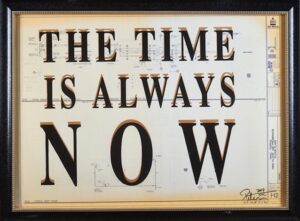The first Republican presidential debate, which made history for Fox News as the most-watched live broadcast in cable news history, is a harbinger for broadcast trends. Some 24 million Americans tuned in to Trump & Co., but those who attempted to watch the debate online were frustrated. Though Fox News hosted the August 6 event in partnership with Facebook, the network made it virtually impossible to watch the event online. Fox paid for its failure to cater to the “cord-cutters” over social media, with millennials taking to their Twitter feeds to criticize Fox and swap links to illicit livestreams.
A recent Financial Times article described how the dynamics of TV watching is shifting away from satellite in favor of cable and broadband. While the “disconnect” between the debate’s stellar ratings and the experience of media-savvy viewers appeared to support the idea that cord-cutting has yet to make a dent in America’s love affair with television, the numbers tell a different story. The pay-TV industry recently suffered its worst quarter on record for net customer losses—with more than a half-million people severing the cord in Q2.
The FT’s David Crow and Shannon Bond suggest that the pay-TV industry needs to adapt, bloody quick. In the current model, a customer pays a certain amount each month to subscribe, with about half that going to broadcasters for content and the other half going to the pay-TV company that transports the content. In our brave new Amazon-Netflix world, Comcast, Verizon, and other providers need to figure out new ways to get paid.
“We are witnessing the rapid erosion of satellite’s competitiveness. The industry is no longer growing in the U.S., and the dynamics have shifted in favour of cable and broadband,” says Craig Moffet, an analyst at Moffet-Nathanson. “The real question is whether they can charge for delivery when the same video is delivered over the same network, but is being sent by Netflix.”
Some analysts predict a win-win for cable in the long term. As customers ditch pay-TV subscriptions and flock to Netflix, HBO Now, and other online services, they’ll still need high-speed Internet connections.
A PwC study found that more than half of 8-18-year-olds said streaming TV was their favorite media content—ahead of cable and network TV, games, and videos. Accelerating changes in media consumption habits, especially among younger viewers accustomed to watching programs on-demand on their devices, often without advertising—leads one to ask: just what can we consider TV these days? It’s a question that satellite, cable, broadband companies—and advertisers—will be grappling with in the years ahead. One thing is certain: everyone is watching, and content remains king.






